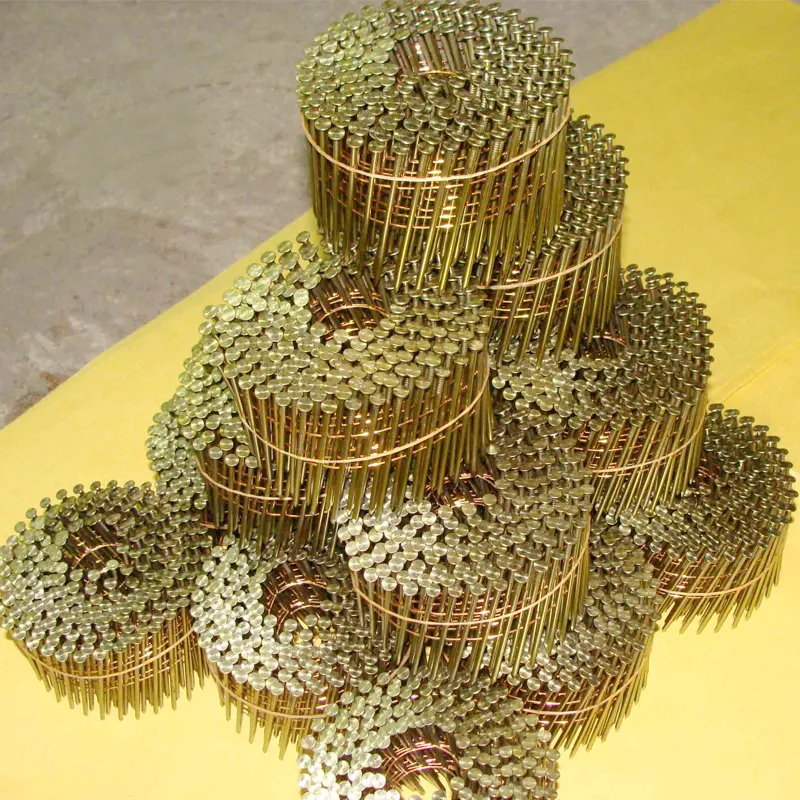The Importance of Perforated Plates in Various Industries
Perforated plates are versatile materials widely utilized across various industries, offering numerous benefits due to their unique design and practical applications. As the name suggests, perforated plates are flat sheets of material with a pattern of holes punched into them. These holes can vary in size, shape, and spacing, depending on the intended use. This article explores the significance of perforated plates, focusing on their applications, advantages, and factors affecting their prices.
Applications of Perforated Plates
1. Architecture and Design One of the most striking uses of perforated plates is in architectural design. They serve not only functional purposes, such as ventilation and sunlight control but also enhance aesthetic appeal. Architects often incorporate them into building facades or ceilings to create intriguing visual effects while allowing natural light to filter through.
2. Industrial Filtration Perforated plates are crucial in industrial settings, particularly for filtration processes. They are commonly employed in water treatment facilities, chemical processing, and food production to separate solids from liquids. The precise hole configuration can be tailored to meet specific filtration requirements, ensuring efficient operation.
3. Sound Absorption In acoustics, perforated plates find their place as sound-absorbing panels. By strategically placing these plates in areas prone to echo or noise pollution, businesses and homeowners can significantly reduce noise levels, creating a more pleasant environment.
4. Agriculture The agricultural industry also benefits from perforated plates, particularly in aquaculture and drainage systems. These plates facilitate the flow of water while preventing the escape of fish or other aquatic organisms, thus optimizing growth conditions.
5. Automotive and Aerospace In the automotive and aerospace sectors, perforated plates are used in various components, including exhaust systems and noise-reduction technologies. They help in managing airflow and reducing weight without sacrificing strength, which is critical for performance and efficiency.
Advantages of Perforated Plates
The advantages of using perforated plates are numerous, contributing to their widespread adoption across industries
- Customization Perforated plates can be easily customized to meet specific requirements, from hole size and pattern to thickness and material type. This flexibility allows manufacturers to produce tailored solutions for their customers.
harga perforated plate

- Lightweight yet Strong Despite their lightweight nature, perforated plates maintain structural integrity and strength. This characteristic is particularly advantageous in applications where reducing weight is essential, such as in aerospace components.
- Cost-Effectiveness When considering the durability and performance benefits, perforated plates often prove to be a cost-effective solution
. Their longevity means that they require less frequent replacement, ultimately saving money over time.- Ease of Installation and Maintenance Perforated plates are straightforward to install and maintain, making them an efficient choice for various applications. Their design allows for easy cleaning, which is particularly important in industries where hygiene is paramount.
Factors Affecting Pricing
The price of perforated plates can vary based on several factors
1. Material The choice of material significantly impacts the cost. Stainless steel, aluminum, and plastic are common options, each with different price points.
2. Customization Customized perforated plates with specific hole patterns or sizes often come at a premium. The complexity of the design directly affects manufacturing costs.
3. Quantity Bulk orders typically reduce per-unit costs, making it more economical for businesses that require large quantities.
4. Market Demand Prices can fluctuate based on market demand and supply chain factors, including the availability of raw materials and shipping costs.
In conclusion, perforated plates play a vital role in various sectors, providing functional, aesthetic, and economic benefits. Their applications range from architectural design to industrial filtration, highlighting their versatility. As industries continue to innovate, the demand for perforated plates is likely to grow, further emphasizing the need for adaptation and customization in their design and production. Understanding these aspects can help businesses make informed decisions regarding the use of perforated plates in their operations.

















